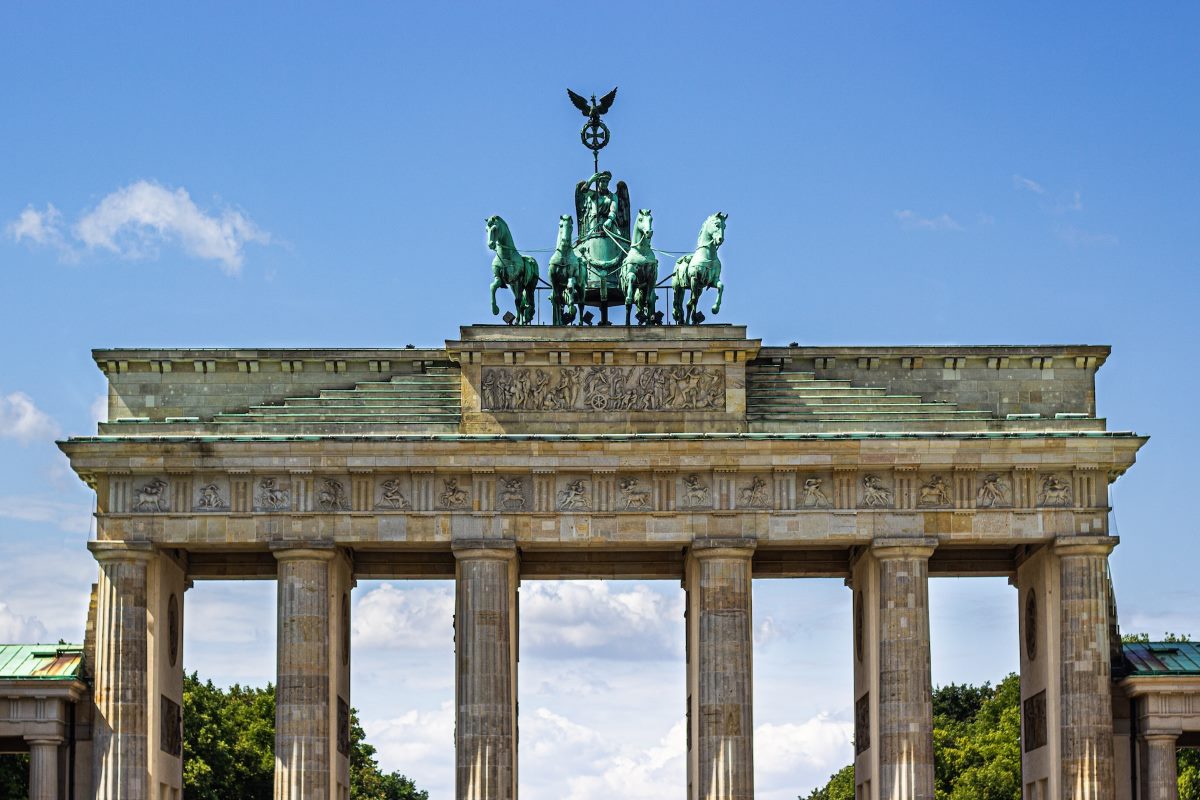Visiting concentration camps is an important way to remember and honor the victims of the Holocaust. Berlin, the capital of Germany, is home to several historically significant concentration camps that provide a sobering glimpse into the atrocities committed during World War II. In this article, we will discuss the importance of visiting Berlin concentration camps and provide guidance on how to make the most of your visit.
The Historical Significance of Berlin Concentration Camps
During the Nazi regime, Berlin was a center for concentration camps where thousands of innocent people were subjected to unimaginable suffering and death. The most infamous camp, Auschwitz, is not located in Berlin but is often included in tour itineraries due to its historical significance.
1. Sachsenhausen Concentration Camp
Sachsenhausen is located just outside Berlin and was one of the first concentration camps established by the Nazis. Visiting Sachsenhausen provides an opportunity to learn about the camp’s dark history and the daily lives of prisoners. The camp now serves as a memorial and museum, enabling visitors to gain insight into the horrors endured by its inmates.
When visiting Sachsenhausen, make sure to join a guided tour for a comprehensive understanding of the camp’s history. The tour will take you through the various sections of the camp, including the prisoner barracks, execution trench, and punishment cells.
2. Ravensbrück Concentration Camp
Ravensbrück, also located near Berlin, was the largest concentration camp specifically for women during the Nazi era. Visiting Ravensbrück allows you to learn about the unique challenges faced by female prisoners and the immense strength they displayed in the face of adversity.
While exploring Ravensbrück, take your time to visit the museum, which showcases personal stories, artifacts, and photographs of the victims. Reflecting on the experiences of these women can help to foster empathy and understanding.
3. How to Prepare for Your Visit
Before embarking on your visit, it’s essential to prepare yourself emotionally. Concentration camps are solemn places, and it’s important to approach them with respect and reverence. Here are a few tips to help you prepare:
- Research the history: Familiarize yourself with the history of the camp you will be visiting. Knowing the context and background will enhance your understanding during the visit.
- Dress appropriately: When visiting concentration camps, it is recommended to dress modestly and wear comfortable shoes, as you may need to walk extensively.
- Bring water and snacks: It’s recommended to bring water and a few snacks, especially if you plan to spend a significant amount of time exploring the memorial sites.
- Be respectful: Remember that concentration camps are sacred sites, and it’s crucial to behave respectfully. Avoid unnecessary noise and refrain from taking inappropriate selfies or engaging in any disrespectful behavior.
4. Reflecting on the Experience
Visiting a concentration camp can be an emotionally overwhelming experience. Take time to reflect on what you’ve seen and learned. Consider discussing the experience with others or documenting your thoughts in a journal. Reflecting on the visit can help reinforce the importance of standing against hatred and promoting tolerance.
Conclusion
A visit to Berlin concentration camps offers a powerful and necessary opportunity to pay tribute to the victims of the Holocaust. By bearing witness to these sites, we remember the past and strive to build a more just and compassionate future. Remember to approach your visit with solemnity and respect, and use this experience as a catalyst for learning, reflection, and promoting peace.

